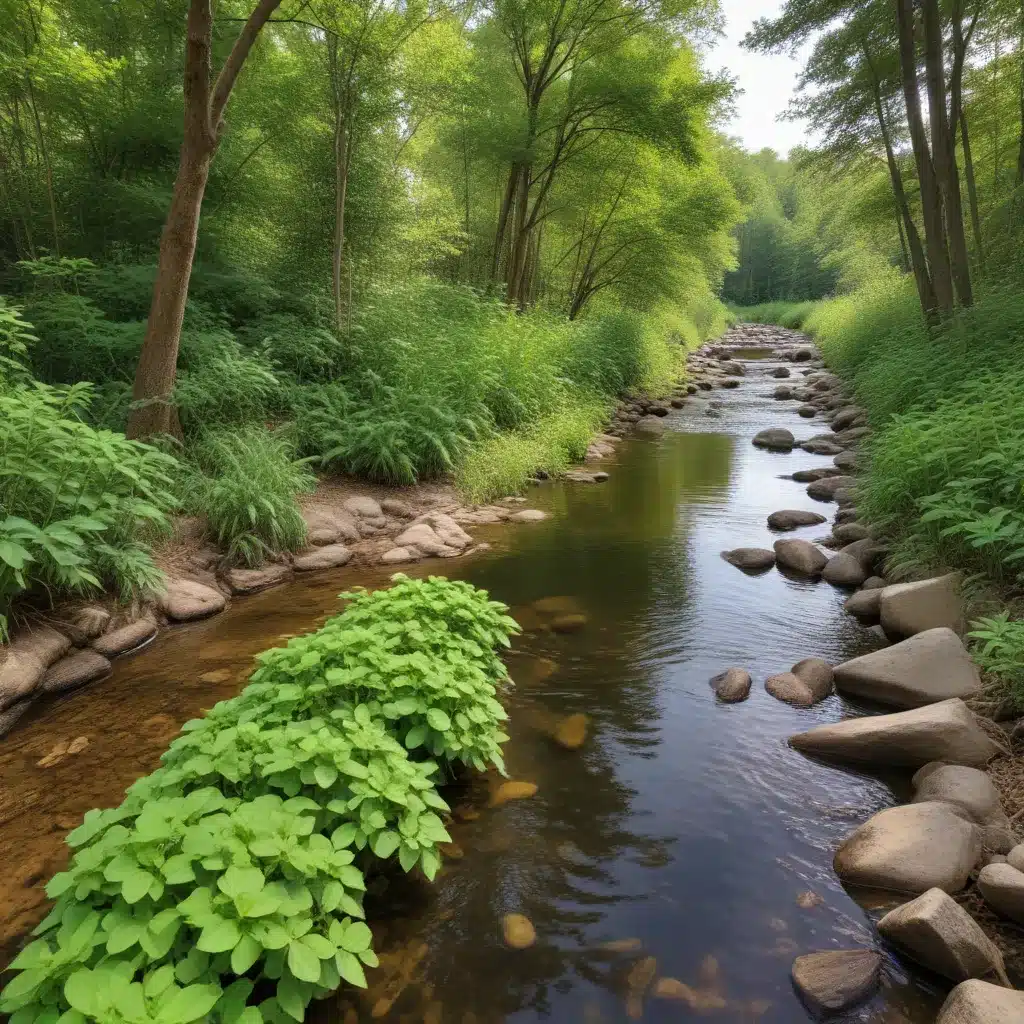
Navigating the Ebb and Flow of Seasonal Needs: Strategies for Thriving, Vibrant Landscapes and Healthy Ecosystems
The rhythmic ebb and flow of seasonal changes profoundly shape the health and vitality of our landscapes. As the grip of winter loosens and spring awakens the dormant earth, trees and plants respond with a burst of new growth, beckoning us to attune our care practices to their evolving needs. Transitioning through the warm abundance of summer and the gradual descent into autumn’s resplendent display, our outdoor spaces undergo a cyclical transformation, each season presenting unique challenges and opportunities.
Seasonal Landscape Dynamics
Ebb and Flow of Seasonal Needs
At the core of successful landscape management lies the ability to understand and adapt to the seasonal variations in ecosystem demands. Trees, shrubs, and other plants exhibit distinct patterns of growth, dormancy, and resource allocation throughout the year. During the spring, the critical task is to nurture the emerging foliage, ensuring that newly awakened roots have access to adequate moisture and nutrients to fuel vigorous development. The summer months bring the threat of heat and drought stress, requiring diligent watering and monitoring for pests or diseases that thrive in the warm conditions. As autumn approaches, the focus shifts to fortifying plants for the impending winter, with tasks such as structural pruning, root-zone aeration, and leaf cleanup taking precedence. The winter season, in turn, demands special precautions to protect vulnerable plants from frost, snow, and ice.
Strategies for Thriving Landscapes
Navigating the ebb and flow of seasonal needs requires a multifaceted approach that addresses the health and resilience of the entire landscape ecosystem. Cultivating resilient plant communities, by selecting species well-adapted to local climate and soil conditions, can enhance the landscape’s ability to withstand seasonal stresses. Designing for seasonal balance through the strategic placement of diverse plant life ensures a harmonious transition from one season to the next, with a continuous display of visual interest and ecological benefits. Employing ecosystem-centric maintenance practices, such as integrated pest management and soil health optimization, safeguards the delicate web of interactions that sustain a thriving outdoor space.
Vibrant Landscape Design
Harnessing Seasonal Rhythms
Effective landscape design harnesses the inherent rhythms of the seasons, using phenological considerations to guide plant selection and arrangement. By understanding the unique growth patterns, bloom times, and resource requirements of various plant species, designers can craft outdoor spaces that seamlessly transition through the seasons, offering a tapestry of complementary seasonal features. From the ephemeral beauty of spring bulbs to the vibrant autumnal foliage, each element is strategically placed to contribute to the overall harmony and visual allure of the landscape.
Fostering Ecological Diversity
Incorporating native plant species is a cornerstone of vibrant, sustainable landscape design. These plants, adapted to the local climate and soil conditions, not only thrive with minimal maintenance but also provide invaluable support to the surrounding ecosystem. By cultivating a diverse array of native flora, designers can attract a wealth of beneficial insects, pollinators, and other wildlife, enhancing the overall ecological health of the landscape. The strategic placement of these native species, along with the creation of habitat connectivity through thoughtful design, further amplifies the landscape’s ability to support a robust and diverse community of living organisms.
Ecosystem Health Optimization
Nurturing Soil Vitality
The foundation of a thriving landscape lies in the health and vitality of the soil. Maintaining optimal nutrient cycling and implementing targeted soil amendments can significantly enhance the landscape’s ability to support vigorous plant growth and resist environmental stresses. Equally crucial is the management of soil moisture, with techniques such as efficient irrigation systems and the strategic use of mulch ensuring that plants have access to the necessary water resources throughout the seasons.
Holistic Pest and Disease Management
Safeguarding the landscape’s health requires a proactive, holistic approach to pest and disease management. Employing biological control measures, such as the introduction of beneficial organisms and the cultivation of diverse plant life, can effectively mitigate the impact of common pests and pathogens. Complementing these sustainable treatment approaches, regular monitoring and early intervention are essential to preventing outbreaks and maintaining the overall vitality of the landscape.
Sustainable Maintenance Practices
Adaptive Mowing and Pruning Regimes
Optimizing landscape maintenance practices is key to ensuring the long-term health and resilience of outdoor spaces. Timing mowing and pruning activities to align with the ecological needs of plants can provide significant benefits, such as reduced stress, improved disease resistance, and enhanced habitat for wildlife. The selection of appropriate equipment and techniques further enhances the sustainability and effectiveness of these maintenance tasks.
Integrated Water Management
Responsible stewardship of water resources is a crucial component of sustainable landscape management. Implementing irrigation efficiency strategies, such as the use of smart controllers and the integration of native, drought-tolerant plants, can significantly reduce water consumption without compromising the health and appearance of the landscape. Additionally, the incorporation of rainwater harvesting systems and the implementation of stormwater mitigation measures can help conserve precious water resources and contribute to the overall ecological balance of the outdoor space.
Navigating the ebb and flow of seasonal needs is a dynamic and multifaceted endeavor, requiring a deep understanding of plant biology, ecosystem dynamics, and sustainable maintenance practices. By embracing these strategies and principles, homeowners, landscape designers, and grounds maintenance professionals can create thriving, vibrant outdoor spaces that not only delight the senses but also foster healthy, resilient ecosystems. To learn more about our comprehensive tree care services and how we can assist in optimizing the health and beauty of your landscape, visit TriCounty Tree Care.


